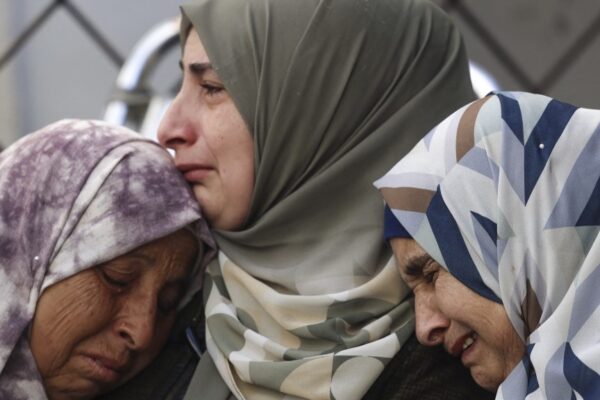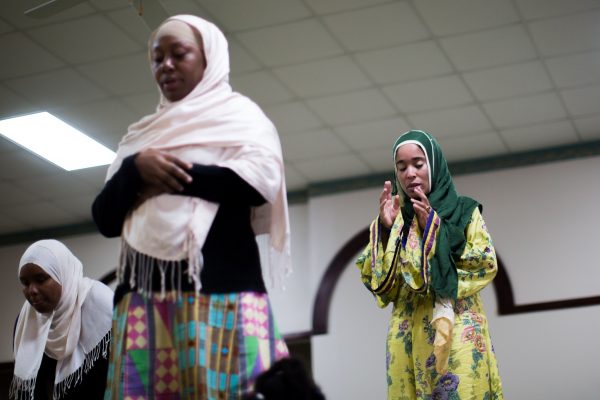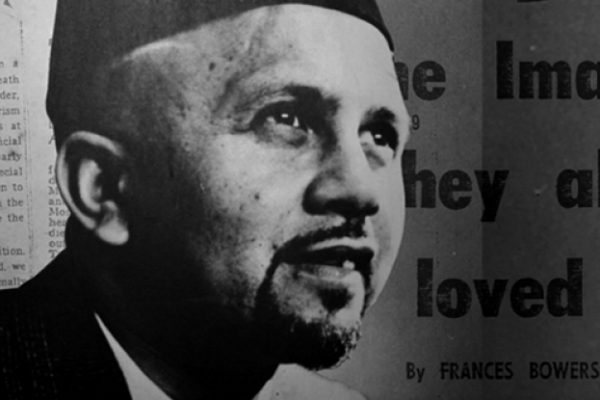Greater Israel is not just a historical or religious idea—it is a political project aimed at creating a Jewish state that dominates the region.
Greater Israel is not just a historical or religious idea—it is a political project aimed at creating a Jewish state that dominates the region.
The concept of “Greater Israel” has long been a point of contention in discussions about Israel’s borders and its relationship with the Arab world.
The term refers to a larger Israel than what exists today—one that stretches far beyond its current borders, including parts of neighboring Arab countries like Lebanon, Syria, Jordan, and even Egypt. While some view this idea as a symbolic or religious aspiration, others see it as a concrete political plan with the aim of expanding Israeli control over Arab lands.
To understand the significance of Greater Israel, it’s important to dive into its historical, religious, and political roots, as well as how it continues to influence the Israeli government’s strategies today.
The Religious Origins of Greater Israel
The origins of the concept of Greater Israel lie in the Torah, where God promises Abraham that his descendants will inherit land “from the river of Egypt to the great river, the Euphrates.”
This biblical promise, found in the book of Genesis, forms the foundation of the belief that the Jewish people have a divine right to control these territories. According to this view, Greater Israel would include not only the land that Israel currently occupies, but also vast areas of modern-day Egypt, Jordan, Syria, Lebanon, and Iraq.
For many Zionists and religious Jews, this promise holds deep significance. It provides a theological justification for the expansion of Israel’s borders. However, the interpretation of these biblical verses has been a subject of debate. Some see it as a spiritual or symbolic concept, while others take it literally, using it to argue for Israeli expansion into Arab lands.
Theodor Herzl and Early Zionist Ambitions
Although the religious basis for Greater Israel dates back thousands of years, the modern political movement for a Jewish state began in the late 19th century with the rise of Zionism.
Theodor Herzl, the founder of the Zionist movement, envisioned the establishment of a Jewish homeland in Palestine. But Herzl’s vision went far beyond the narrow borders of the current state of Israel.
In his 1898 diary, Herzl outlined the idea of Greater Israel, proposing that the Jewish state should stretch from the Nile River in Egypt to the Euphrates River in Iraq. This early expression of Zionist ambitions made it clear that the movement was not only about creating a safe haven for Jews but also about claiming a vast territory in the heart of the Arab world.
Herzl’s vision was not unique—many early Zionists shared his expansionist aspirations, believing that only a large and powerful Jewish state could guarantee the safety and future of the Jewish people.
The Paris Peace Conference and Zionist Maps
The Zionist movement’s expansionist ambitions were made clear at the Paris Peace Conference of 1919, following the end of World War I. At this conference, the victorious Allied powers—Britain, France, Italy, and Japan—were dividing up the territories of the defeated Ottoman Empire, including Palestine and the surrounding Arab lands.
During the conference, Zionist leaders presented a map that outlined their vision for a future Jewish state. This map included not only the land of Palestine but also the East Bank of the Jordan River (modern-day Jordan), parts of southern Lebanon, and the Sinai Peninsula in Egypt.
Although this proposal was rejected by the colonial powers, it demonstrated the Zionist movement’s long-term goal of establishing a Greater Israel that would extend far beyond its current borders.
The Role of the Six-Day War
Fast forward to 1967, and Israel’s expansionist ambitions took a significant step forward during the Six-Day War. In this conflict, Israel launched a preemptive strike against its Arab neighbors—Egypt, Jordan, and Syria—and captured large swathes of territory, including the West Bank, Gaza Strip, Golan Heights, and Sinai Peninsula.
Although Israel eventually returned the Sinai to Egypt as part of the Camp David Accords, it retained control of the other territories, some of which remain under Israeli occupation to this day.
The Six-Day War marked a turning point in Israel’s expansionist strategy. While the war was presented by Israel as a defensive action, some Israeli officials later admitted that it was part of a broader plan to seize control of Arab lands and secure Israel’s borders.
The occupation of the West Bank and Golan Heights, in particular, aligned with the vision of Greater Israel, as these areas were historically part of the land promised to Abraham in the Torah.
Lebanon and the Expansionist Agenda
In the 1980s, Israel’s expansionist ambitions extended beyond historic Palestine into Lebanon. During the 1982 Lebanon War, Israel invaded and occupied parts of southern Lebanon, ostensibly to push out Palestinian fighters. However, the invasion also revealed deeper ambitions to establish Jewish settlements in the region.
Some right-wing Israeli groups openly advocated for Jewish settlement in southern Lebanon as part of the Greater Israel vision. Maps were even drawn, replacing the Arabic names of towns with Hebrew ones, further signaling Israel’s intention to exert control over Lebanese territory.
Although the invasion eventually ended, the idea of extending Israeli influence and control into Lebanon remained part of the far-right agenda.
Netanyahu, Messianic Zionism, and Modern Political Influence
The concept of Greater Israel has not faded away. In fact, under the leadership of Prime Minister Benjamin Netanyahu, the idea has regained prominence, largely due to his coalition with Messianic Zionist parties.
These groups, which hold significant sway in Netanyahu’s government, advocate for the expansion of Israeli settlements in the West Bank and other occupied territories as part of a religious mission to reclaim the land promised to Abraham.
For these Messianic Zionist groups, Greater Israel is not just a historical or religious idea—it is a political project aimed at creating a Jewish state that dominates the region. They view the expansion of Israeli settlements as the first step in a larger plan to conquer and control Arab lands, particularly in the West Bank, where they believe Jewish sovereignty should be fully restored.
The Controversy and Impact on Arab Lands
The idea of Greater Israel is deeply controversial, not just within Israel but throughout the Arab world. For many Arabs, the concept represents an existential threat. It symbolizes Israeli expansionism and the displacement of Palestinians, as well as a broader effort to dominate the region.
Critics argue that Greater Israel is not just a theoretical idea but an active strategy used to justify Israeli actions in the West Bank, Gaza, and Lebanon. They point to the ongoing expansion of Israeli settlements, the annexation of Palestinian land, and the occupation of Arab territories as evidence that the idea of Greater Israel is being put into practice.
This expansionist agenda has caused decades of conflict, displacing millions of Palestinians, fueling tensions with Lebanon and Syria, and destabilizing the broader Middle East. As long as the vision of Greater Israel remains alive, peace in the region seems elusive.
Greater Israel is more than just a religious or symbolic concept; for some, it is a political project aimed at expanding Israel’s borders at the expense of its Arab neighbors. From its early origins in Zionism to its modern-day influence on Israeli politics, the idea has shaped Israeli strategy in ways that continue to provoke conflict in the Middle East.









